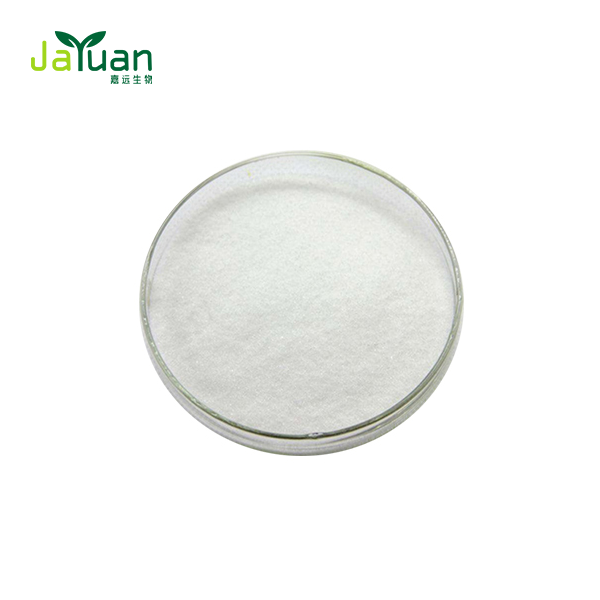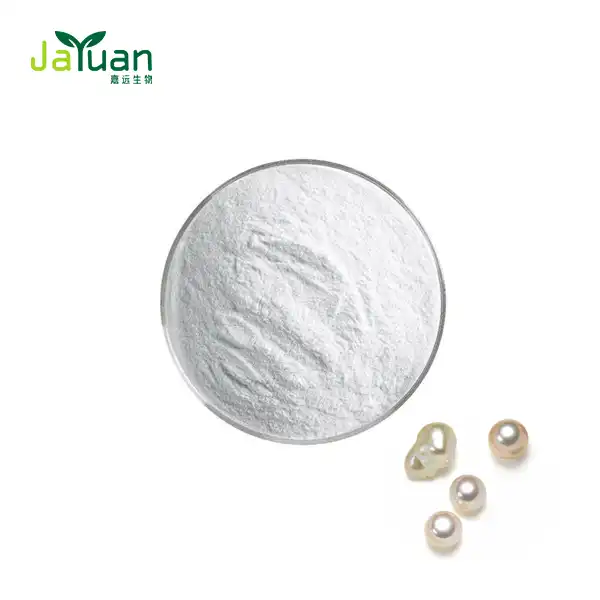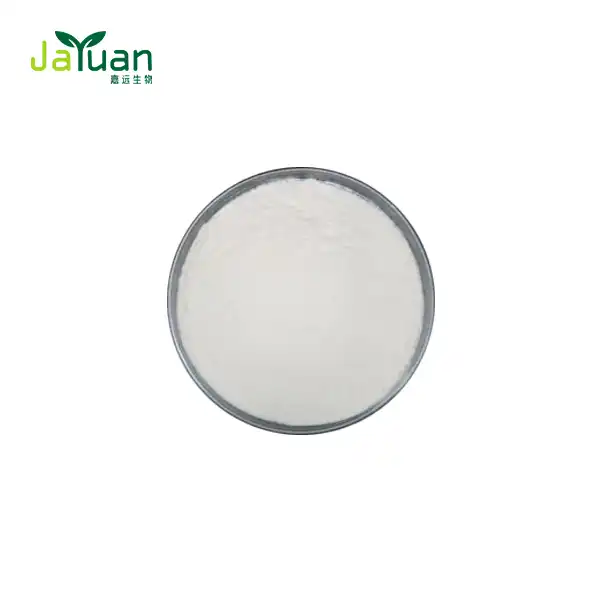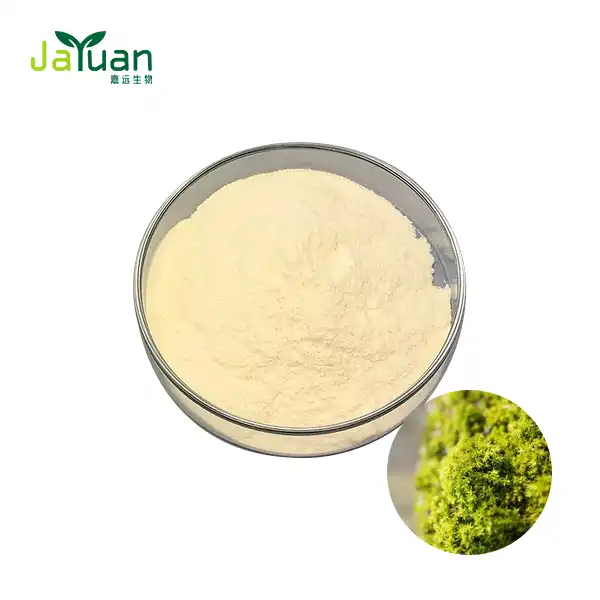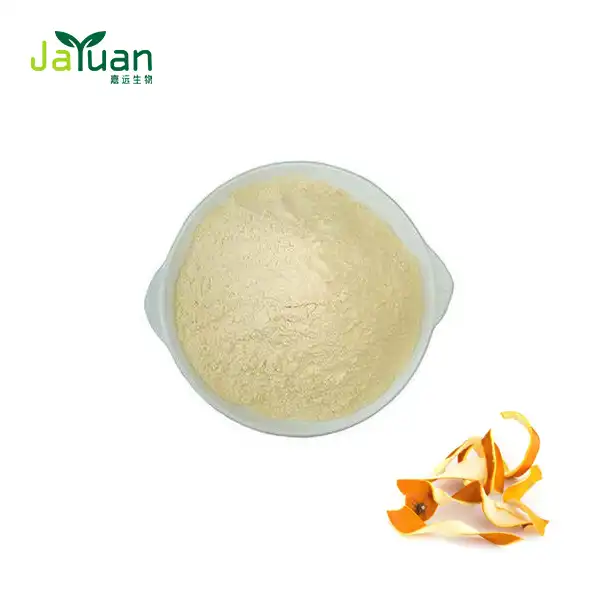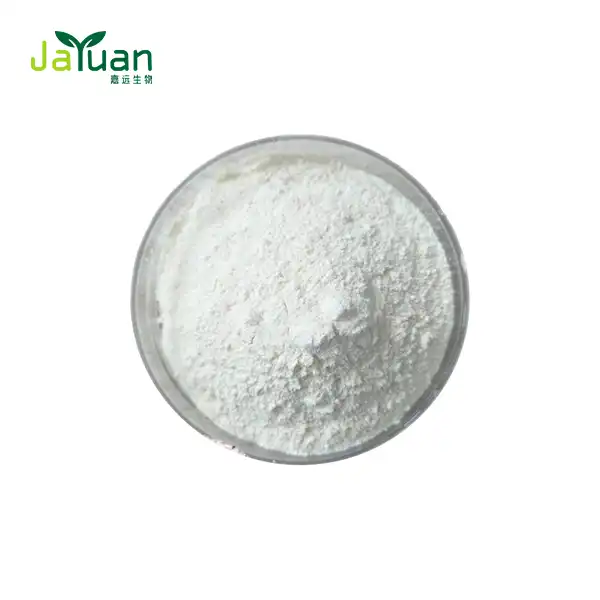What is pro xylane in skincare?
In the ever-evolving skincare landscape, new ingredients continually emerge, transforming beauty routines. One standout ingredient is Pro-Xylane, a patented molecule developed by L'Oréal that has garnered attention from skincare enthusiasts and experts. This synthetic sugar molecule, derived from natural beech wood extract, is celebrated for its anti-aging properties. Our product has demonstrated significant potential in enhancing skin appearance and overall health. Let’s explore its benefits and mechanisms of action, highlighting why it has become a staple in many premium skincare formulations.

Is Pro-Xylane Suitable for Sensitive Skin?
Pro-Xylane, a sugar-derived particle utilized in numerous skincare items, is regularly lauded for its capacity to progress skin hydration and fortify the skin boundary. It works by fortifying the blend of glycosaminoglycans (Chokes), like hyaluronic corrosive, which play a significant part in keeping up the skin's dampness levels and basic keenness. But when it comes to touchy skin, numerous buyers ponder if Pro-Xylane is secure and effective.
Generally, Pro-Xylane is considered reasonable for touchy skin due to its tender, hydrating properties. It makes a difference to upgrade the skin's capacity to hold dampness without being excessively aggravating. As a humectant, it draws in and holds water in the skin, advancing a more full and hydrated appearance. For people with delicate skin, keeping up appropriate hydration is key to maintaining a strategic distance from aggravation, so Pro-Xylane can be a advantageous fixing in skincare formulations.
However, affectability to any fixing depends on an individual's skin sort and condition. Whereas Pro-Xylane Powder is regularly well-tolerated, it’s critical to consider other components in the item. For occasion, items containing scents, liquor, or cruel exfoliating operators may still cause bothering, indeed if Pro-Xylane itself is secure. If you have exceedingly touchy or responsive skin, it's continuously fitting to patch-test a item containing Pro-Xylane some time recently full utilize.
What is the Contrast Between Pro-Xylane and Hyaluronic Acid?
Pro-Xylane and hyaluronic corrosive are both well known fixings in skincare, prized for their hydrating and skin-strengthening benefits. Whereas they share a few similitudes, they contrast in their composition, component of activity, and the particular benefits they give to the skin.
1. Composition and Origin
Pro-Xylane is a sugar-derived atom, ordinarily synthesized from xylan, a sort of hemicellulose found in plant cell dividers. It is a moderately more up to date fixing in the skincare industry, frequently included in definitions planned to move forward the skin's boundary work and dampness retention.
Hyaluronic Corrosive, on the other hand, is a actually happening substance in the body, basically found in connective tissues, skin, and eyes. It is a glycosaminoglycan (Choke) that ties water and plays a basic part in keeping up skin hydration and elasticity.
2. Instrument of Action
Pro-Xylane works by upgrading the skin's capacity to hold water. It fortifies the blend of glycosaminoglycans (counting hyaluronic corrosive), which are crucial for the skin’s hydration and auxiliary judgment. By expanding the thickness of these moisture-retaining atoms in the skin, Pro-Xylane makes a difference reinforce the skin obstruction, anticipating water misfortune and moving forward by and large skin resilience.
Hyaluronic Corrosive capacities basically as a humectant. It draws in and ties water atoms to the skin, giving prompt hydration. Its little atomic weight permits it to enter the skin's surface more profoundly, which is why it’s frequently found in items pointed at plumping and moisturizing the skin. Not at all like Pro-Xylane, hyaluronic corrosive doesn’t fortify the generation of other hydration atoms; instep, it centers on holding the dampness show in the skin.
3. Benefits and Uses
Pro-Xylane is particularly advantageous for making strides the in general dampness obstruction and anticipating transepidermal water misfortune (TEWL), making it perfect for dry, maturing, or got dried out skin. It is too known for upgrading the skin's characteristic defense against outside aggressors.
Hyaluronic Corrosive is broadly utilized for its quick hydrating and plumping impacts, decreasing the appearance of fine lines and wrinkles. It’s perfect for giving moment skin hydration, making the skin see fresher and more young.

Can Pro-Xylane Help with Skin Hydration and Moisture Retention?
Pro-Xylane is picking up acknowledgment in the skincare world for its capacity to improve skin hydration and dampness maintenance. Inferred from xylan, a plant-based sugar, this fixing is frequently included in details pointed at moving forward the skin's obstruction work and by and large water maintenance capacity.
1. How Pro-Xylane Works to Make strides Hydration
Pro-Xylane plays a key part in boosting the skin's capacity to hold dampness by fortifying the skin's common hydration boundary. It makes a difference to fortify the generation of glycosaminoglycans (Chokes), which are basic for keeping up dampness levels in the skin. These atoms, counting hyaluronic corrosive, tie water and make a obstruction that anticipates intemperate water misfortune. By moving forward the skin's dampness maintenance, Pro-Xylane makes a difference the skin remain hydrated for longer periods, indeed in unforgiving natural conditions.
This makes Pro-Xylane especially useful for those with dry, delicate, or maturing skin. As we age, our skin's common dampness maintenance diminishes, driving to dryness and the arrangement of fine lines. Pro-Xylane makes a difference neutralize this handle by supporting the skin’s capacity to hold onto water, clearing out the skin feeling milder, smoother, and more plump.
2. Pro-Xylane's Part in Long-Term Dampness Retention
One of the standout highlights of Pro-Xylane is its capacity to work over the long term. Whereas numerous fixings offer transitory hydration (like hyaluronic corrosive), Pro-Xylane makes a difference to upgrade the skin's characteristic hydration foundation. By making strides the skin's obstruction and supporting dampness maintenance at a more profound level, it offers a more enduring arrangement to dehydration.
Using skincare items containing Pro-Xylane can offer assistance to avoid the misfortune of dampness from the skin’s surface, particularly in drier climates or situations where the skin is uncovered to poisons. Over time, normal utilize of Pro-Xylane can lead to more adjusted and hydrated skin, with diminished signs of dryness and inconvenience. It’s an amazing choice for those looking to fortify their skin's capacity to remain hydrated long-term, or maybe than depending exclusively on transitory dampness replenishment.
In conclusion, Pro-Xylane is compelling at making strides both the quick and long-term hydration of the skin. By supporting the skin’s common dampness maintenance components, it can offer assistance keep up a well-hydrated, healthy-looking complexion.
Conclusion
In conclusion, Pro-Xylane offers a promising solution for those seeking to combat signs of aging and improve overall skin health. Its unique properties and scientifically-backed benefits make it a worthy consideration for anyone looking to enhance their skincare regimen. As always, the key to successful skincare lies in understanding your skin's needs and choosing products that align with your specific concerns and goals.
If you're interested in learning more about Pro-Xylane Powder Bulk or exploring high-quality plant extracts for your formulations, don't hesitate to reach out to us at sales@jayuanbio.com.
References
1. Narda, M., Bauza, E., Valderas, P., & Granger, C. (2021). The Use of a Novel Plant Complex in Skin Care Formulations: Development of a New Concept. Clinical, Cosmetic and Investigational Dermatology, 14, 1-11.
2. Farris, P., Zeichner, J., & Berson, D. (2020). Efficacy and Tolerability of a Skin Brightening/Anti-Aging Cosmeceutical Containing Retinol 0.5%, Niacinamide, Hexylresorcinol, and Resveratrol. Journal of Drugs in Dermatology, 19(9), 872-881.
3. Ganceviciene, R., Liakou, A. I., Theodoridis, A., Makrantonaki, E., & Zouboulis, C. C. (2012). Skin anti-aging strategies. Dermato-endocrinology, 4(3), 308-319.
4. Mukherjee, S., Date, A., Patravale, V., Korting, H. C., Roeder, A., & Weindl, G. (2006). Retinoids in the treatment of skin aging: an overview of clinical efficacy and safety. Clinical interventions in aging, 1(4), 327-348.

